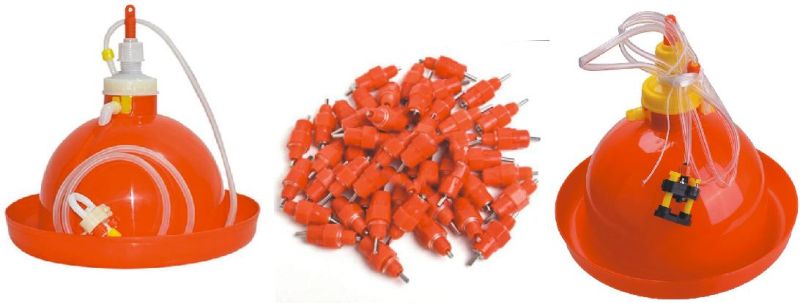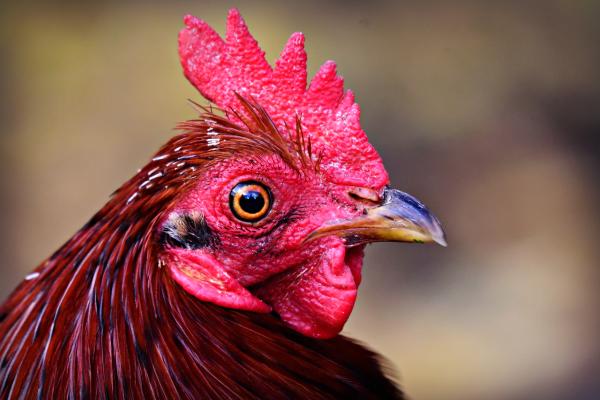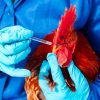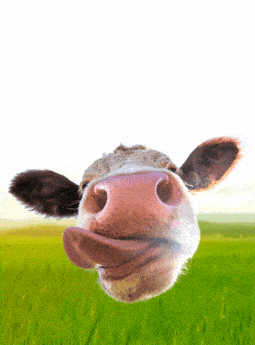Why Poultry Drinkers Are Often Red

The Crucial Role of Poultry Drinkers
Poultry farming is a vital sector of the agriculture industry, providing us with a consistent supply of eggs and meat. Ensuring the well-being and productivity of poultry is essential for farmers, and one often-overlooked aspect is the type and color of poultry drinkers.
Why Are Poultry Drinkers Often Red?
When you walk through a poultry farm, you’ll notice that many drinkers are red or have red components. But have you ever wondered why? Let’s explore the fascinating connection between chicken behavior and color preferences.
Understanding Chicken Behavior
Chickens are not just simple birds; they have their own set of behaviors, instincts, and preferences. These behaviors are deeply rooted in their evolution and survival mechanisms. Understanding these behaviors is essential for creating a healthy and productive poultry environment.
The Importance of Color in Poultry Farming
Color is a fundamental aspect of poultry farming, influencing the behaviors and well-being of chickens while also shaping the way farmers manage their flocks. Poultry farmers meticulously consider color choices across various aspects of their operations, with particular emphasis on crucial equipment such as feeders, drinkers, and housing. This careful consideration of color extends beyond mere aesthetics; it delves into the intricate science of poultry psychology and biology.
In the context of poultry equipment, color serves as a multifaceted tool that aids in managing and optimizing farm operations. For instance, red is a prevalent choice for poultry drinkers, as it aligns with the visual capabilities of chickens. These birds have a remarkable ability to perceive a broad spectrum of colors, including red. As a result, red drinkers stand out prominently in the eyes of chickens, ensuring easy access to water. This is especially crucial during periods of low light or when chickens are still adapting to their surroundings. Additionally, red drinkers help reduce aggression within flocks, contributing to a more harmonious environment. The color red simultaneously discourages chickens from pecking at the drinker due to an instinctual aversion, thereby keeping the equipment clean and intact.
Preventing Aggression and Ensuring Hydration
Chickens can exhibit aggressive behaviors, especially in larger flocks. The color red has been found to reduce aggression among chickens. When chickens see red, they tend to be less aggressive, which is particularly important around the water source.
The Science Behind Red and Chicken Vision
Chickens have remarkable color vision. They can see a broader spectrum of colors than humans, including red. The red color stands out prominently to chickens, making it easy for them to locate the drinker, even in low light conditions.
Chickens are tetrachromatic. They have 4 types of cones that let them see red, blue, and green light, as well as ultraviolet light. Therefore, they see many more colors and shades than we do. Chickens have an additional double-cone structure that helps them to track movement

Aversion to Red: How Chickens Respond
Interestingly, chickens also have an aversion to the color red, stemming from their instinctual response to blood. This aversion can discourage birds from pecking at the drinker, helping to keep it clean and intact.
Reducing Algae Growth for Healthier Water
Chickens require clean and uncontaminated water for their health. Algae growth in water can be detrimental to poultry health. Red drinkers can help reduce algae growth because they limit the amount of light that penetrates the water, making it less conducive to algae.
Conclusion: The Benefits of Red Poultry Drinkers
In conclusion, the choice of red poultry drinkers is not just a random decision by farmers. It’s a well-informed choice based on chicken behavior, color vision, and practicality. Red drinkers promote a harmonious flock, reduce aggression, and help maintain a clean and accessible water source, all of which contribute to healthier and more productive poultry farming.
In the world of poultry farming, even the choice of the color of drinkers can make a significant difference. Red poultry drinkers have proven to be a practical and scientifically sound choice, aligning with chicken behavior and vision. Farmers prioritize the well-being of their flocks, and the color of poultry equipment is just one of the many factors that contribute to the success of poultry farming. So, the next time you see a red drinker in a chicken coop, know that it’s not just a color choice; it’s a decision rooted in the science of poultry behavior and care.


